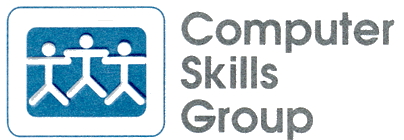

Software manufacturers, such as Microsoft, send out their products with default option settings which they believe to be best for most users. The only problem is, thatís their opinion and the decisions they make on your behalf often conflict with other goals, such as learning how your computer works. With Windows, I believe Microsoft made two particularly bad decisions on your behalf. This tip will tell you why you should change them, and how to do it.
First, let me say that there are good reasons to always review the option settings for any software.
Computer savvy people typically do this before they even begin using a new piece of software, including new versions of the operating system (Windows).
There are three reasons why they do that.
NOTE - This tip is focused on Windows settings, but you should know that when you are looking to find setting for other software, they may be called by other names such as: "Options", "Preferences", "Configuration Settings", etc. There is no set rule for what manufacturers call them or where to look for them, except that they are almost always found on one of the drop-down menus off the main menu. (The main menu is the one that begins, "File, Edit, Search, View ... etc.")
Which settings should be changed?
I am recommending that you locate the settings which control the display of path information and the display of file extensions, and make sure that these items are always displayed.
Why should you care about this?
Microsoft decided that seeing this information would be needlessly overwhelming to non-computer folks.
We all know that computers can be overwhelming, but this is a case of good intentions causing bad results.
The file extension is the only practical way you have of identifying what kind of file you are looking at.
ďPathĒ information is how you know where a file is actually stored on your system.
If you ever hope to know your way around your own computer, you need to know where things have been filed.
If you tell your computer to open a file and it doesnít know how to do that, then you have to know what type of file you are dealing with or you will be unable to open it and see its contents.
Not only that but if you were to call someone like me to ask how to fix the situation, I would be severely handicapped in trying to help.
Think of it this way.
Not being able to see the file extension, and/or the path to locate the file, is like operating your computer with your eyes closed.
Here's how you change these settings -
If you have Windows XP or Windows 2000 -